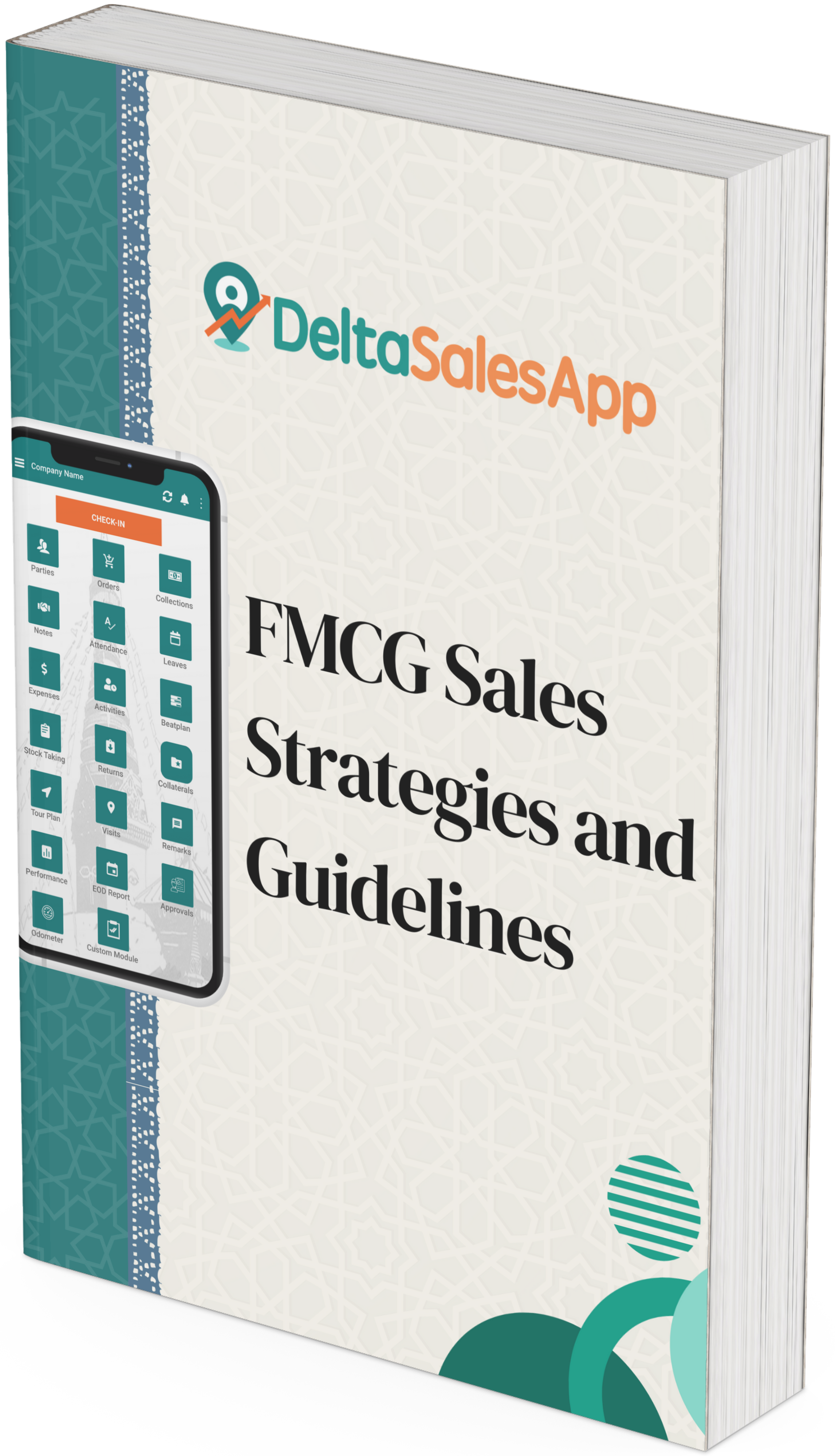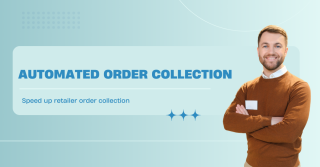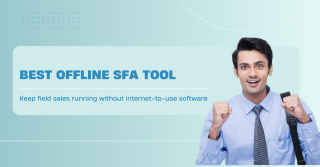Boost your Promotion Strategy with Trade Promotion Optimization

Consumer packaged goods (CPG) companies allocate a substantial portion of their revenue, often between 11% and 27%, to promotional campaigns. While this level of investment presents huge growth potential, it also brings considerable risk when trade promotions are not strategically managed or optimized.
This is where trade promotion optimization (TPO) becomes a game-changer. It's not enough to simply run a promotion and move on. To stay competitive and maximize return on investment, brands need to consistently learn from each campaign, apply insights, and refine their trade promotion strategy over time.
In this blog, we’ll explore the essence of trade promotion optimization, clarify some widespread misconceptions, and provide actionable tips to incorporate TPO into your current promotional approach.
📌 What is Trade Promotion Optimization?
At its core, trade promotion optimization is a data-centric approach aimed at improving the effectiveness and profitability of trade promotions. It empowers brands to maximize ROI and minimize unnecessary spending by leveraging predictive analytics, performance data, and continuous improvement practices.
TPO helps you answer vital questions before, during, and after a promotion:
What are the specific goals of this promotion?
What past data can inform planning?
What obstacles are likely to affect the outcome?
How can we use predictive analysis to refine execution?
Considering that over half of trade promotion spend fails to impact consumer behavior meaningfully, implementing a TPO framework ensures your investment delivers value, instead of falling flat. Integrated with tools such as a sales team tracking app, brands can also enhance real-time visibility into execution on the ground.
⚙️ Trade Promotion Optimization (TPO)vs. Trade Promotion Management (TPM)
Many teams mistakenly treat trade promotion optimization and trade promotion management (TPM) as unrelated functions. While TPM focuses on execution and tactical aspects—like scheduling, compliance, and budgeting—TPO concentrates on forecasting outcomes, evaluating effectiveness, and identifying areas for improvement.
A traditional approach separates these two disciplines, often implementing TPM first and adding TPO later, if at all. However, this siloed view can limit your results and delay strategic growth.
The best-performing CPG brands integrate TPO and TPM from the start, forming a cohesive system where every promotion is:
Strategically planned
Informed by historical data
Aligned with larger business goals
Continuously optimized
When trade promotion optimization is embedded into your broader trade promotion strategy, you shift from reactive planning to proactive decision-making.
Here’s a simplified comparison table and the most essential differences between TPO and TPM:
| 🔑 Aspect | ⚙️ TPM (Management) | 🎯 TPO (Optimization) |
|---|---|---|
| 🧭 Purpose | Manages execution, budgeting, and compliance | Maximizes ROI through analytics and insights |
| 📅 Timing | Used during promotion planning and rollout | Used before, during, and after promotions |
| 🛠️ Tools | Scheduling tools, compliance trackers | Predictive models, performance dashboards |
| 🎯 Goal | Operational efficiency | Strategic improvement and effectiveness |
| 🧠 Approach | Tactical and reactive | Data-driven and proactive |
| 🔗 Integration | Often implemented first, standalone | Works best when integrated early with TPM |
| 📊 Results Focus | Tracks execution metrics | Delivers insights for smarter decisions |
| 🔁 Learning Cycle | Limited post-promotion analysis | Encourages continuous learning and refinement |
🔗 Why Early Integration of TPO Matters?
Incorporating trade promotion optimization early enables brands to build smarter campaigns from the ground up. It’s not about waiting until you’ve “perfected” trade promotion management—it’s about growing both capabilities together.
Here’s how early TPO integration can strengthen your trade promotion strategy:
1. Define Success Metrics Upfront
Before launching a promotion, determine which key performance indicators (KPIs) matter most—whether it's unit lift, market share growth, or margin improvement. TPO provides a roadmap to define, monitor, and analyze these metrics with clarity.
2. Leverage Existing and New Data Sources
Start by evaluating what data you already have—from past promotions, POS systems, distributor sales, and inventory trends. Then identify what additional data is needed to better predict outcomes. A strong TPO approach merges internal data with external variables like competitor activity, seasonality, and consumer trends.
3. Forecast Outcomes More Accurately
With machine learning and predictive modeling, you can simulate different scenarios to understand what might happen under various promotional conditions. This is one of TPO’s strongest advantages—it helps you anticipate potential outcomes and adjust strategies before committing resources.
4. Streamline Promotional Planning
A major benefit of trade promotion optimization is simplifying the planning process. You can eliminate guesswork by using tools that highlight what worked in the past and provide actionable insights for future campaigns. Modern tools, such as a retail promotion management app, can help manage execution consistency across multiple locations.
5. Adapt Schedules Based on Market Influences
Rather than setting static promotional calendars, a TPO-enabled strategy allows you to adapt scheduling based on market trends, supply chain challenges, competitor behavior, and real-time sales signals. This flexibility can be the difference between success and a missed opportunity.
6. Enable Continuous Learning
Post-promotion analysis should do more than check boxes. With a TPO system in place, each campaign becomes a learning opportunity. The data collected informs the next campaign, enabling a virtuous cycle of improvement and smarter decisions.
💸 Common Misconceptions About Trade Promotion Optimization
Despite its clear advantages, some brands still hesitate to adopt TPO due to outdated beliefs. Let’s clear a few of them up:
“TPO is only for large brands with massive budgets.”
False. Even emerging brands can benefit from TPO by using scalable tools that grow with their needs.
“We need a perfect TPM system first.”
Not true. While a well-structured TPM is helpful, TPO can evolve alongside TPM, with each process informing the other.
“TPO is too complex to implement.”
Wrong again. Today’s technology makes it easier than ever to start with user-friendly dashboards, automated reports, and AI-based insights that simplify optimization efforts.
📐 Make Trade Promotion Optimization Part of Your Growth Strategy
With so much riding on your promotional investments, embracing trade promotion optimization isn't just a nice-to-have—it’s a necessity. Whether you’re launching new products, responding to competitive pressure, or preparing for seasonal demand, TPO gives you the power to make faster, smarter, and more impactful decisions.
Start small if needed. Begin by aligning your TPM and TPO systems, focus on measurable outcomes, and commit to analyzing performance in a consistent and structured way.
The longer you engage with TPO practices, the more valuable your promotional insights will become. Over time, this builds a competitive advantage that enhances agility, boosts returns, and ensures every trade dollar is invested wisely.
💡 Final Thoughts
In today’s fast-paced consumer landscape, it’s not enough to run promotions—you need to optimize them. By integrating trade promotion optimization into your everyday operations, you gain better visibility, improved outcomes, and sustainable growth.
Don’t wait for the perfect time. Start optimizing now—with the right mix of data, tools, and field visibility, your next promotion could be your most successful yet.
❓ Frequently Asked Questions (FAQs)
1. What is Trade Promotion Optimization (TPO)?
Trade Promotion Optimization is a data-driven approach that uses analytics, machine learning, and historical data to improve the efficiency and profitability of trade promotions. It helps businesses make informed decisions by forecasting outcomes, analyzing campaign performance, and refining strategies for better ROI.
2. How is TPO different from Trade Promotion Management (TPM)?
TPM is focused on executing promotions—managing budgets, calendars, and compliance—whereas TPO is about improving effectiveness through insights, forecasts, and performance analysis. Integrating both, especially with a trade promotion management app or retail promotion management app, enables a unified and efficient promotional strategy.
3. Do I need to have TPM fully implemented before starting with TPO?
No. While having TPM in place helps, TPO can be introduced early and developed alongside TPM. Starting TPO early allows for better learning and faster performance improvements. Many companies use sales operation software or field sales management apps to streamline both processes simultaneously.
4. Is Trade Promotion Optimization only for large companies?
Absolutely not. Small and medium-sized businesses can greatly benefit from TPO by using scalable, cloud-based tools.
5. What kind of data do I need for TPO?
You’ll need data from past promotions, POS systems, distributor sales, field execution, inventory levels, and market conditions. Enhancing this with tools like inventory management software can make data collection and analysis much easier and more accurate.
6. How does predictive analytics support trade promotion optimization?
Predictive analytics uses historical data and machine learning to simulate promotional scenarios, helping you forecast outcomes more accurately. This helps reduce risk, allocate budgets more effectively, and adapt promotions to real-time market changes.
7. What are the benefits of integrating TPO with field sales tools?
Integrating TPO with tools like a field sales application or sales visit planning app ensures that insights from field execution are captured in real time. This improves visibility, speeds up decision-making, and supports agile promotion adjustments based on actual market conditions.
📊 Explore more
👉Top 6 Trade Promotion KPIs to Maximize Store Success
👉Mastering Trade Promotion Management for Retail Success
🗣️ See What Users Say About Us!
Delta Sales App, trusted by businesses for streamlining sales processes and boosting productivity, is highly rated on top review platforms.
See what real users have to say about us:








